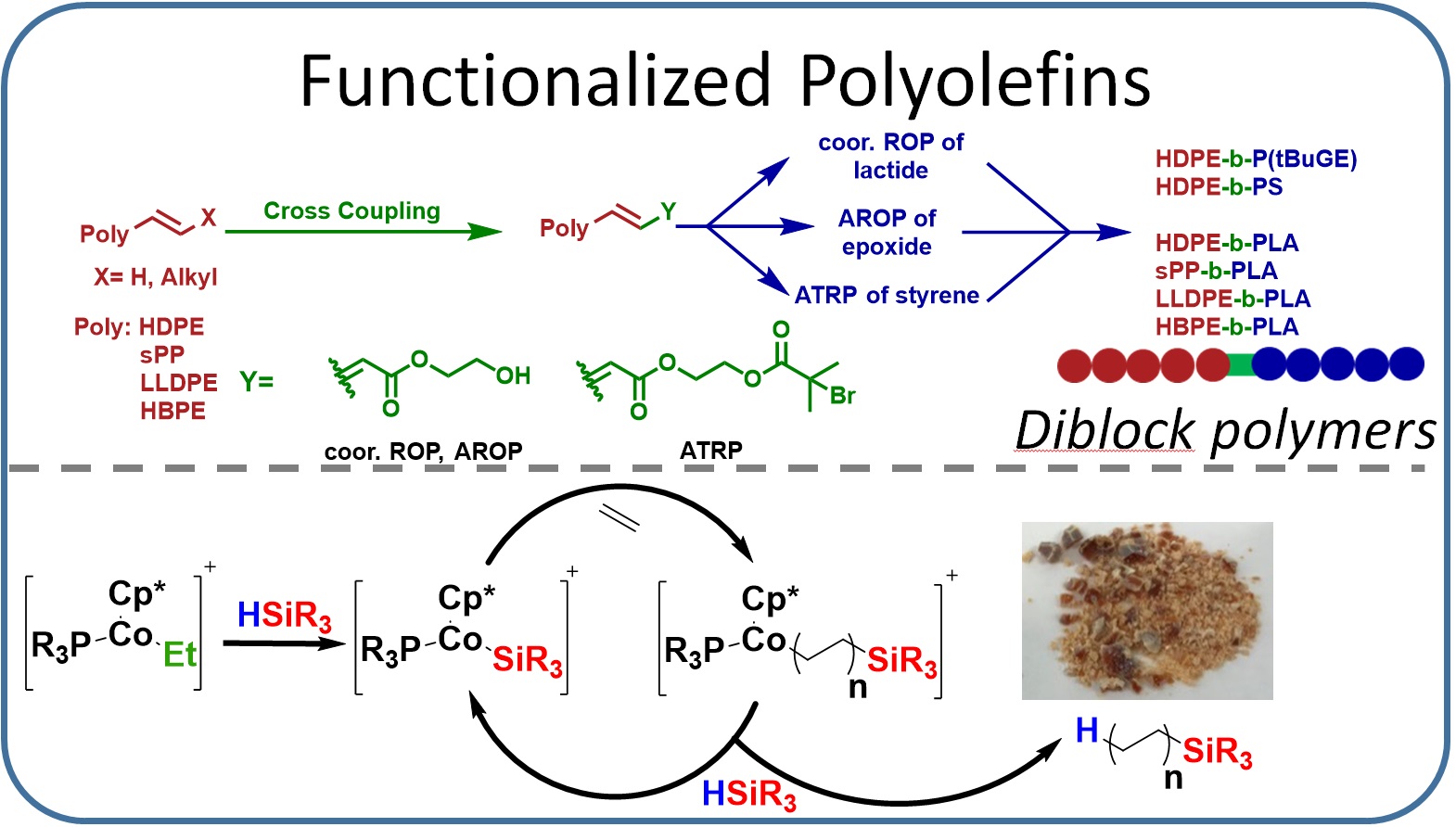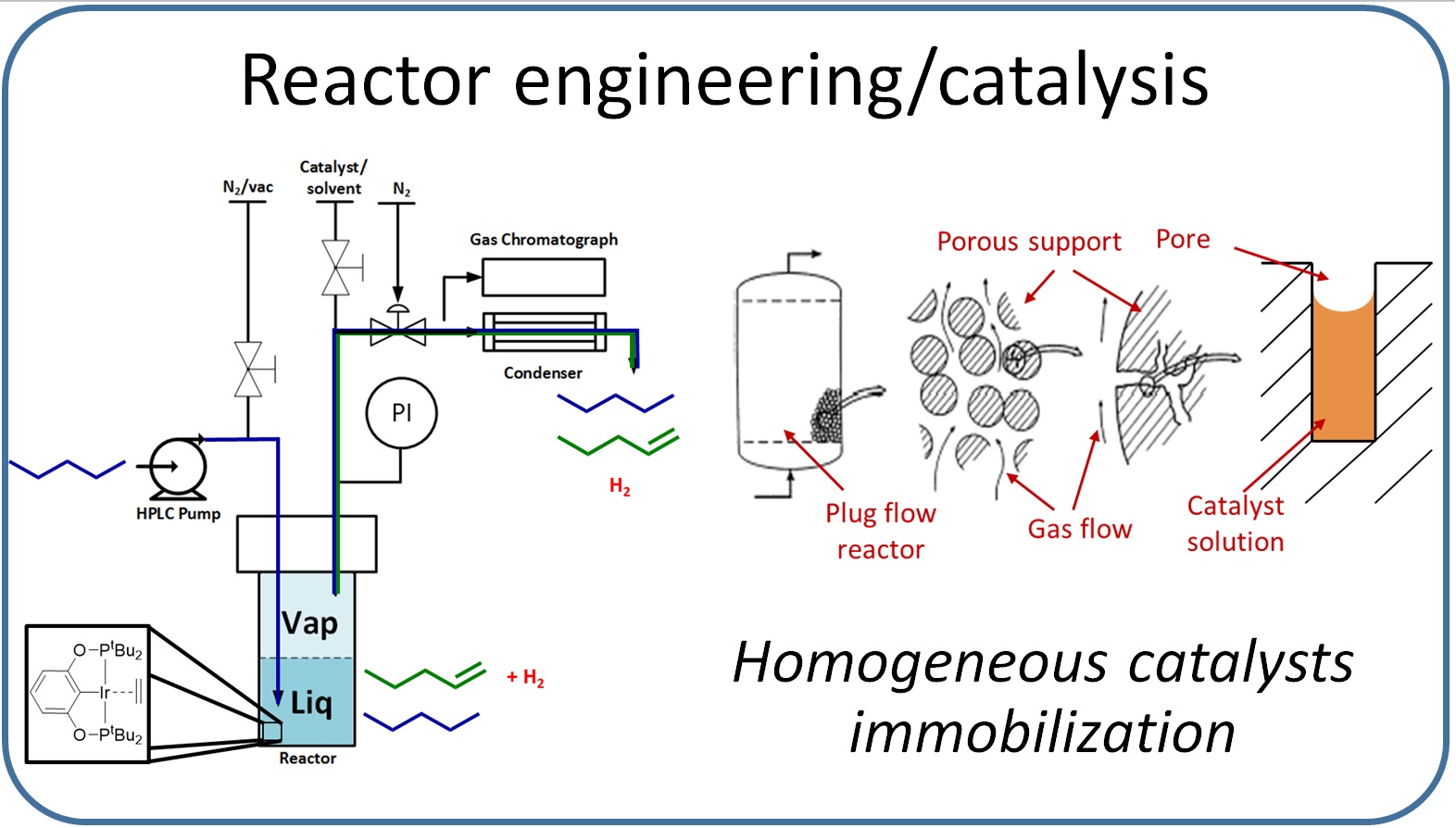
Shape, size and composition are nature’s most fundamental design features, enabling highly complex functionalities. Despite recent advances, the independent control of shape, size and chemistry of macromolecules remains a synthetic challenge. We develop new synthetic strategies by combing reactor engineering principles and controlled polymerizations.


